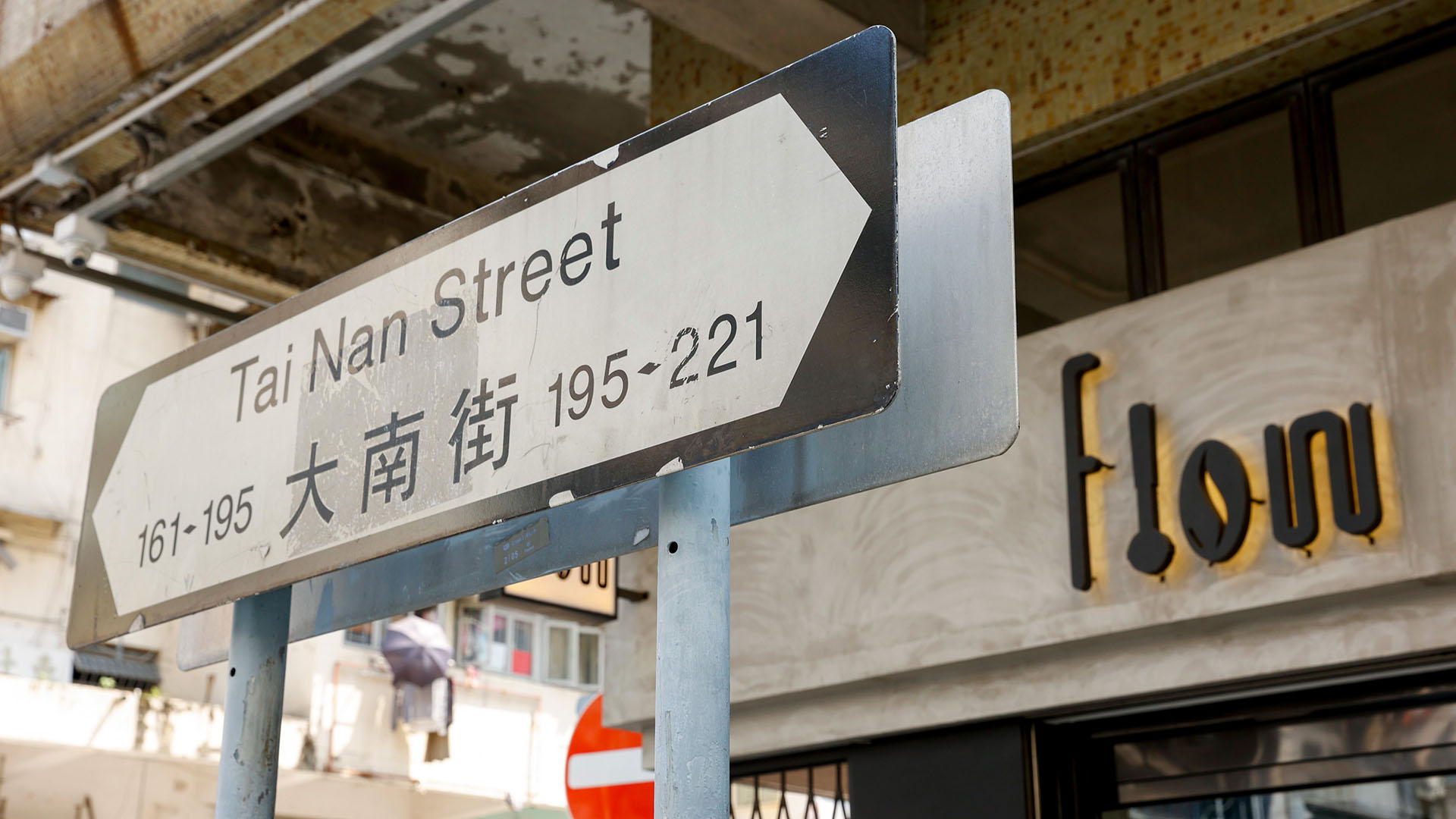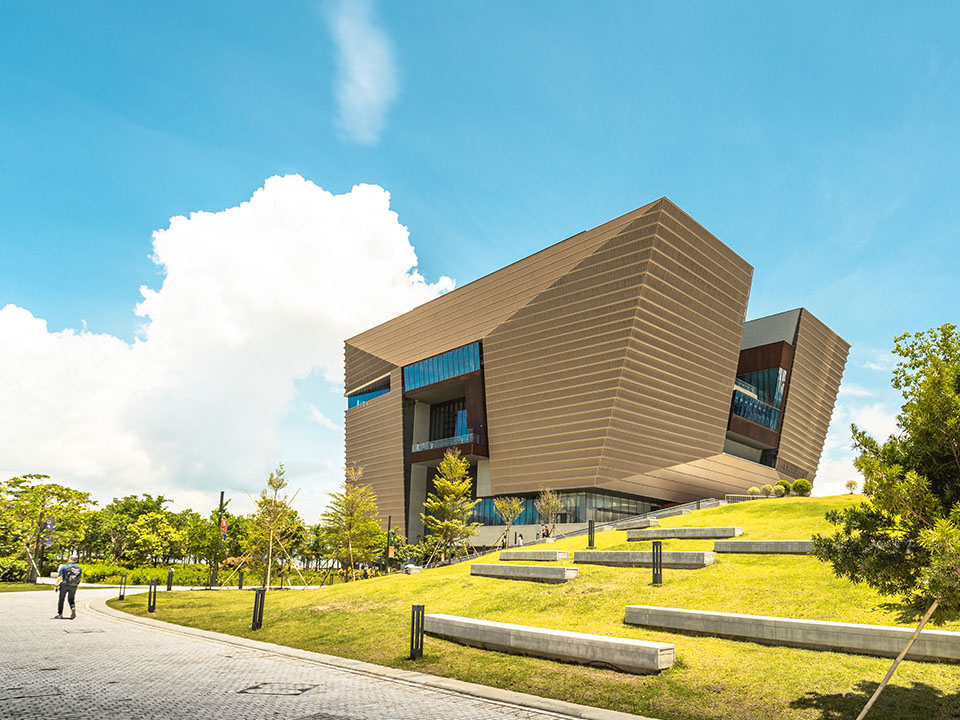
Hong Kong has undergone an art renaissance in the past decade, with the influx and inception of international and home-grown art spaces all around town, clustered in and around the storied neighbourhoods of Central, Sham Shui Po, as well as the newly developed West Kowloon Cultural District. A renewed appreciation of the city’s origins and way of life is expressed through the celebration of local traditions and culture, as the population becomes increasingly introspective and retrospective. If you’re looking to expand your horizons or immerse yourself in the multi-faceted world of arts and culture this year, here are the best ways to do so.
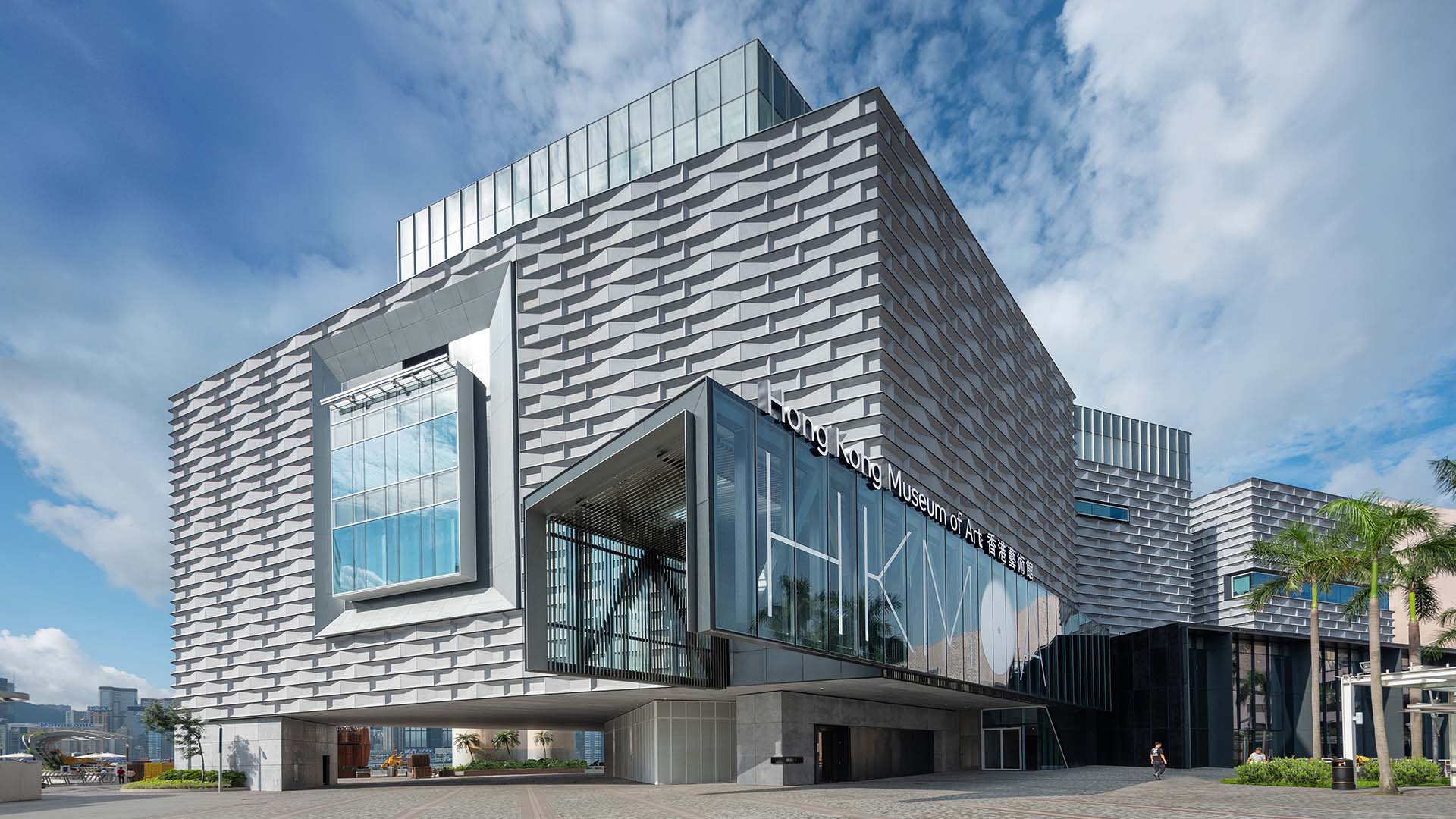
Images by Hong Kong Museum of Art
Hong Kong Museum of Art
The Hong Kong Museum of Art
{{title}} Address {{address}} Website {{website}} More info was established in 1962 and is the city’s first public art museum. Through the years, the HKMoA has amassed a fantastic collection of works spanning their four main areas of interest: Chinese antiquities, modern and local Hong Kong art, Chinese painting and calligraphy, and China trade art, with a collection of over 17,000 items. Expect rotating exhibitions and international showcases of modern installations and Western art as well.

Images by Hong Kong Palace Museum
Hong Kong Palace Museum
The Hong Kong Palace Museum
{{title}} Address {{address}} Website {{website}} More info is a collaborative project between the West Kowloon Cultural District Authority and the Palace Museum, committed to the study and appreciation of Chinese art and culture, while advancing dialogue among world civilisations through international partnerships. The museum will present the finest objects from the Palace Museum and other important cultural institutions around the world. In addition, it will also lead community engagement programmes to promote creativity and interdisciplinary collaboration to the public.

K11 MUSEA
K11 MUSEA
{{title}} Address {{address}} Website {{website}} More info is a pioneering cultural-retail landmark located on the Victoria Dockside harbourfront area of Tsim Sha Tsui. Besides offering high-end designer goods and exceptional dining outlets, the complex also hosts immersive experiences in world-class art, culture, nature, and commerce. Art is an integral part of the landmark — it is not uncommon to see large-scale installations in the middle of a walkway or mounted on a side wall. Coupled with an eclectic list of art events, collaborations, experiences, and workshops that run throughout the calendar year, visitors will have no shortage of things to see and do here.
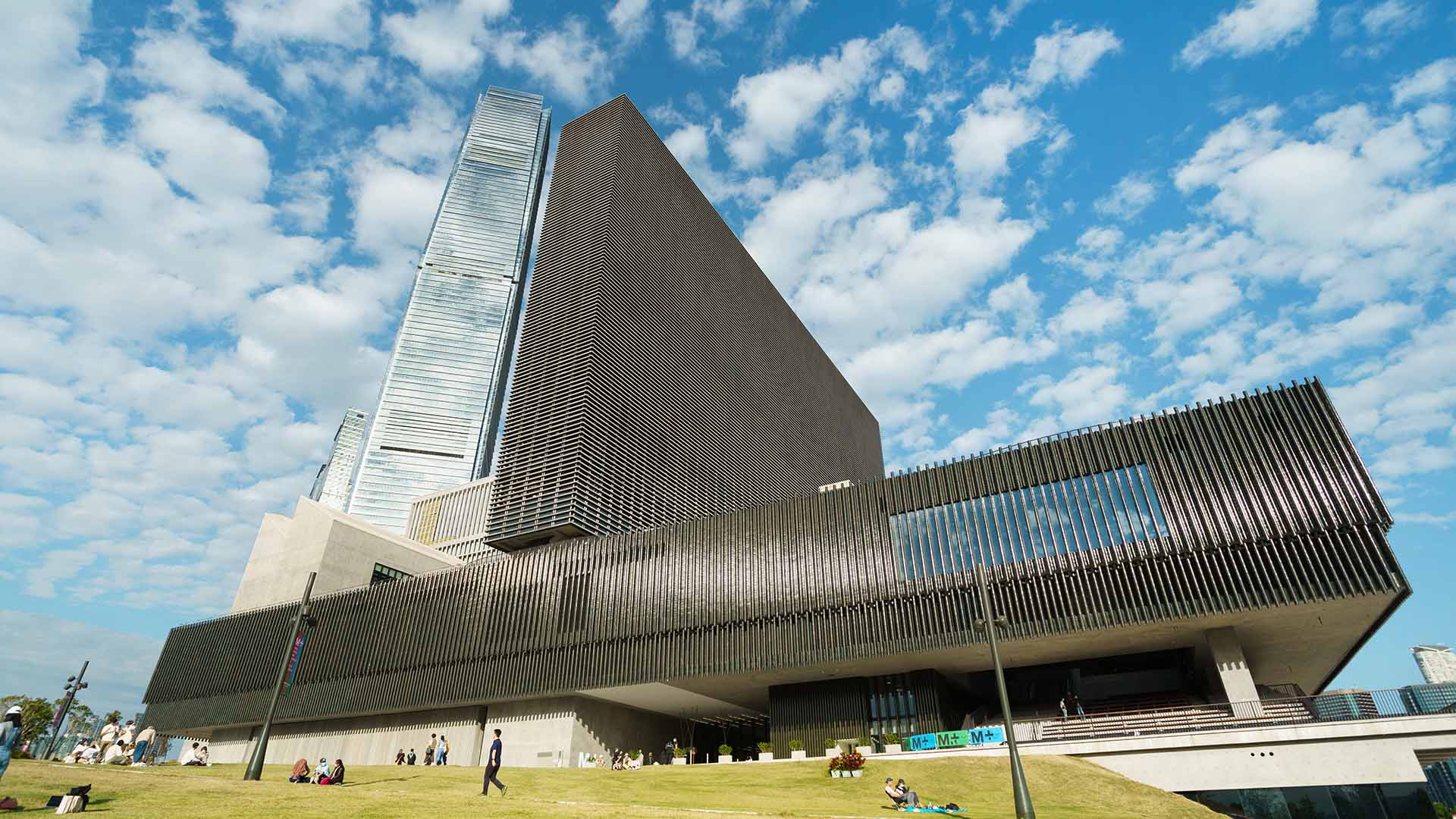
M+
M+
{{title}} Address {{address}} Website {{website}} More info is one of the largest museums of modern and contemporary visual culture in the world, located in Hong Kong’s West Kowloon Cultural District. Officially open to the public at the end of 2021, the museum boasts 65,000 square metres dedicated to collecting, exhibiting, and interpreting visual art, design and architecture, moving image, and Hong Kong visual culture of the 20th and 21st centuries. There are 33 galleries as well as a number of public display spaces, retail stores, F&B outlets, and vantage points to admire vistas of the waterfront.
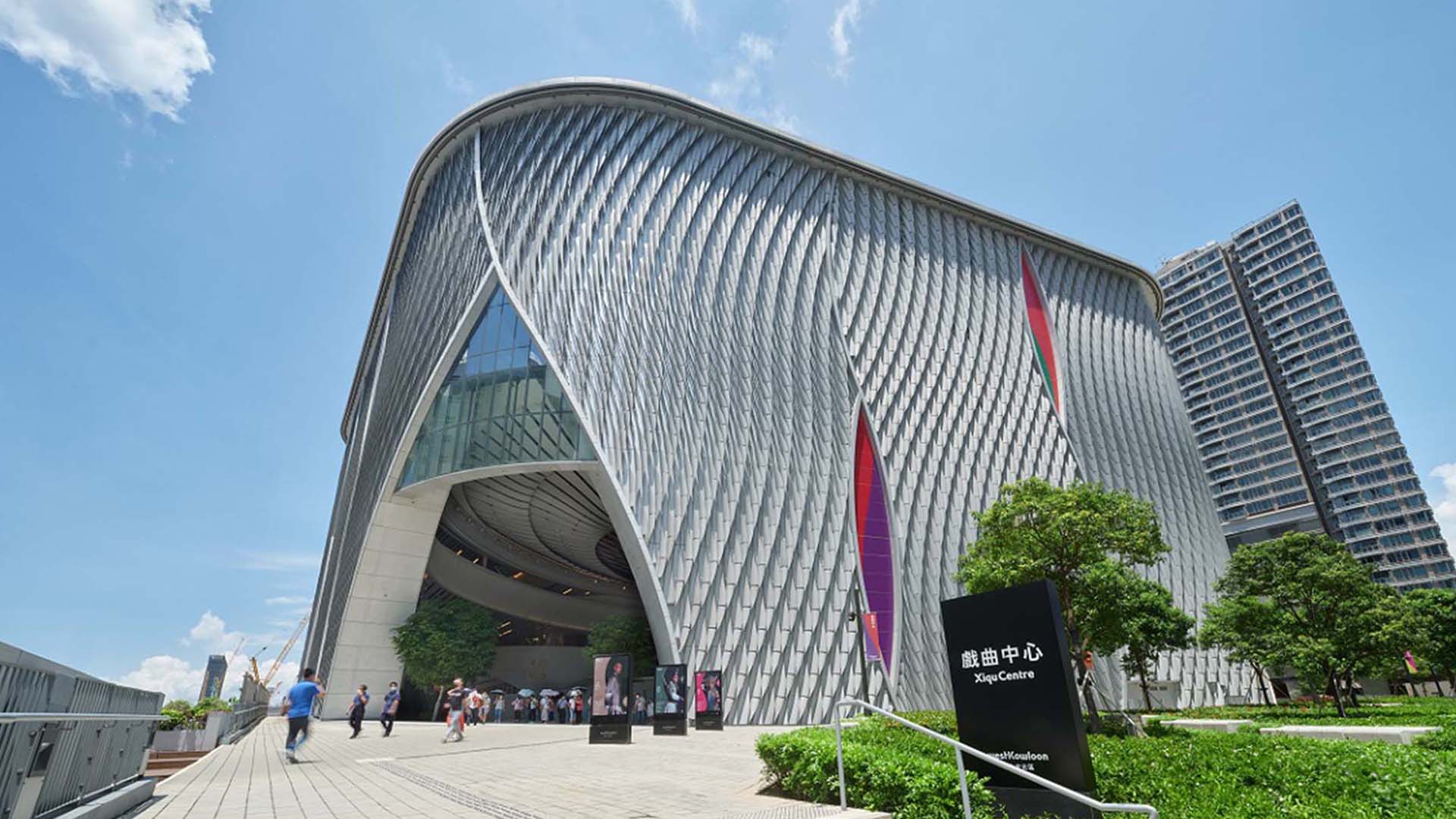
Xiqu Centre
Located at the eastern end of West Kowloon Cultural District, the Xiqu Centre
{{title}} Address {{address}} Website {{website}} More info is an award-winning venue showcasing world-class productions of Cantonese opera and other regional forms of Chinese opera (xiqu). The larger of its two theatres, the Grand Theatre, features performances by some of the best troupes in the region. The more intimate Tea House Theatre, designed in the style of Hong Kong’s early 20th-century tea houses, is home to the signature Tea House Theatre Experience — a narrated performance of Cantonese opera excerpts perfect for new audiences. The Xiqu Centre also hosts regular film screenings, workshops, talks, exhibitions and guided tours. With its welcoming public atrium, fine restaurants and cafes, and gift shop specialising in xiqu-inspired products, the Xiqu Centre is the perfect place to escape the city bustle.
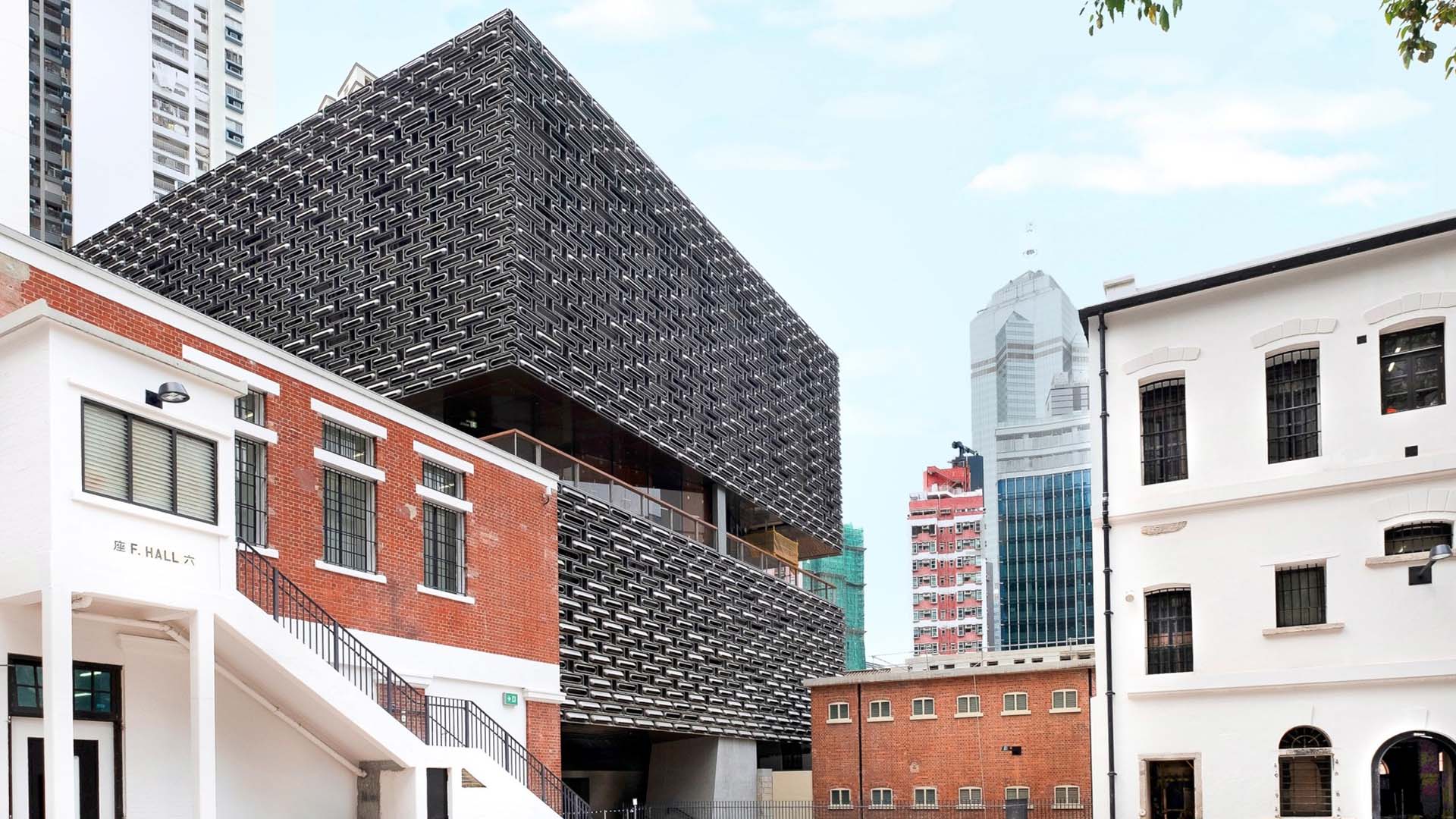
Tai Kwun
Tai Kwun
{{title}} Address {{address}} Website {{website}} More info is one of Hong Kong’s centres for heritage and arts, and one of the city’s largest non-profit projects, highlighting the revitalisation of local culture, heritage, and arts. The site comprises three declared monuments of Hong Kong — the former Central Police Station, Central Magistracy, and Victoria Prison — and some new buildings, art museum JC Contemporary and theatre JC Cube. All spaces are now utilised to play host to heritage experiences, thematic art exhibitions, immersive public programmes, alongside a multitude of vibrant and inclusive contemporary art presentations and performing arts offerings all year round. There are also bars, restaurants, and retail shops within the compound, making for a full itinerary of inspiration and enjoyment.
Tai Nan Street and nearby arty area
Sham Shui Po was filled with factories and workshops during Hong Kong’s manufacturing era, but has now transformed into an artistic community filled with cultural and creative spaces. Tai Nan Street
{{title}} Address {{address}} Website {{website}} More info , in particular, is a bustling hub of exciting hybrid concepts and artist-led initiatives. Head to Mudheytong Gallery for an immersion into the craftsmanship of ceramic arts, and sign up for a pottery class to learn new artistic skills. Aurora Leathercraft is one of several shops in the area that specialises in handcrafted leather goods and leather-crafting classes, leaning on the neighbourhood’s history as a textile manufacturing hub, while Savon Workshop peddles all-natural handmade soaps and classes on how to DIY your own soaps. Browse to your heart’s delight at Muze Pens, where the range of fountain pens and coloured inks will inspire you to take up calligraphy.
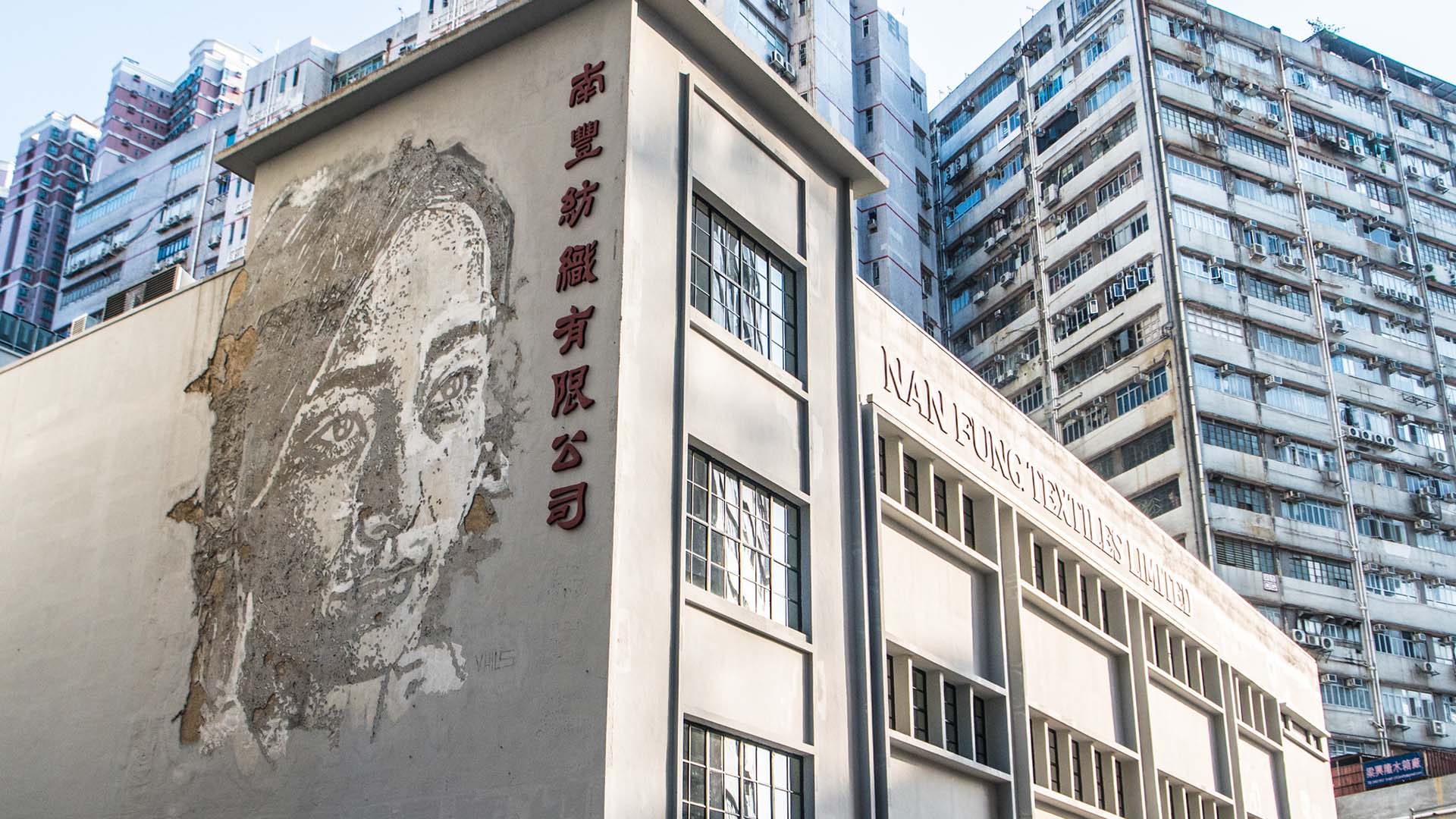
The Mills
The Mills
{{title}} Address {{address}} Website {{website}} More info is a landmark revitalisation project that celebrates Hong Kong’s industrial history and creative future. Formerly Nan Fung Cotton Mills, it was the cornerstone of the historical Nan Fung Textiles Limited during Hong Kong’s manufacturing heyday. It is the site for many exhibitions, and community events, and houses everything from tech-style start-ups to local shops, artisanal cafes, bars and restaurants, and CHAT (Centre for Heritage, Arts and Textile), a non-profit art centre that hosts exhibitions and cultural activities and interweaves textile arts, history and science. The space is very photogenic — take snapshots of the murals close to the entrance, the signature old stairs, and the verdant rooftop park.
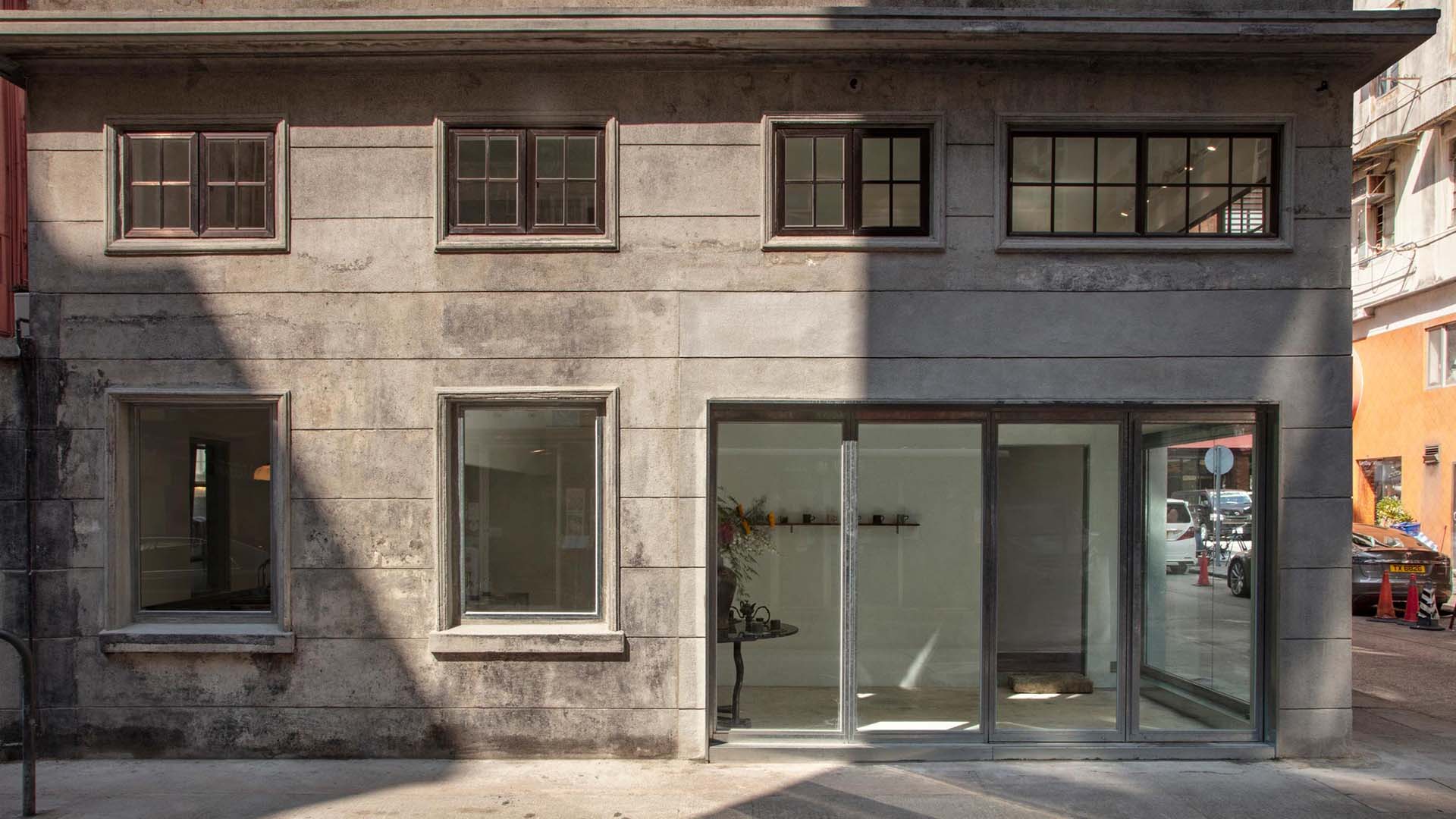
The Shophouse
A gallery housed in a Grade III pre-WWII traditional tong lau shophouse that has been restored, you can still see details of its past — the ‘Shanghai plaster’ exterior, wrought iron window frames, hand-painted tiles, and terrazzo floors. The five-storey building dedicates each floor to different exhibitions by unconventional artists. There’s a tea and coffee bar on the ground floor, for refreshments if needed.
Information in this article is subject to change without advance notice. Please contact the relevant product or service providers for enquiries.
The Hong Kong Tourism Board disclaims any liability as to the quality or fitness for purpose of third party products and services; and makes no representation or warranty as to the accuracy, adequacy or reliability of any information contained herein.




